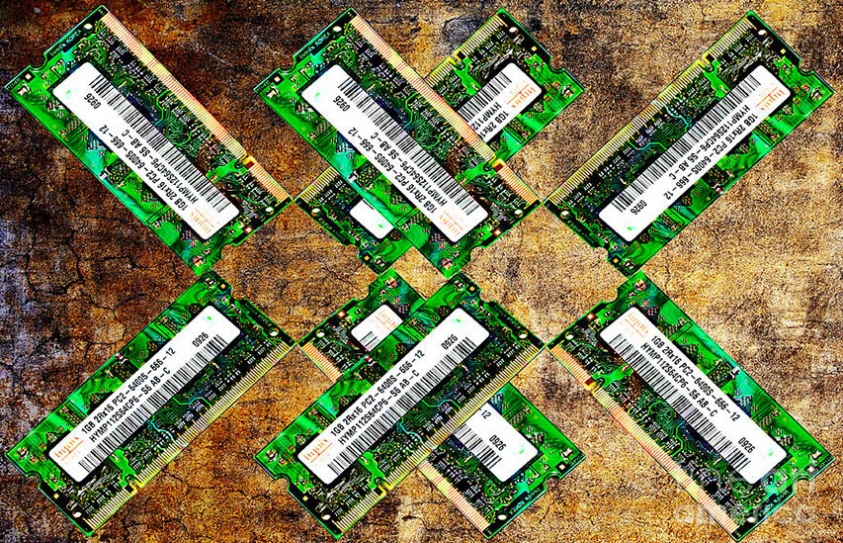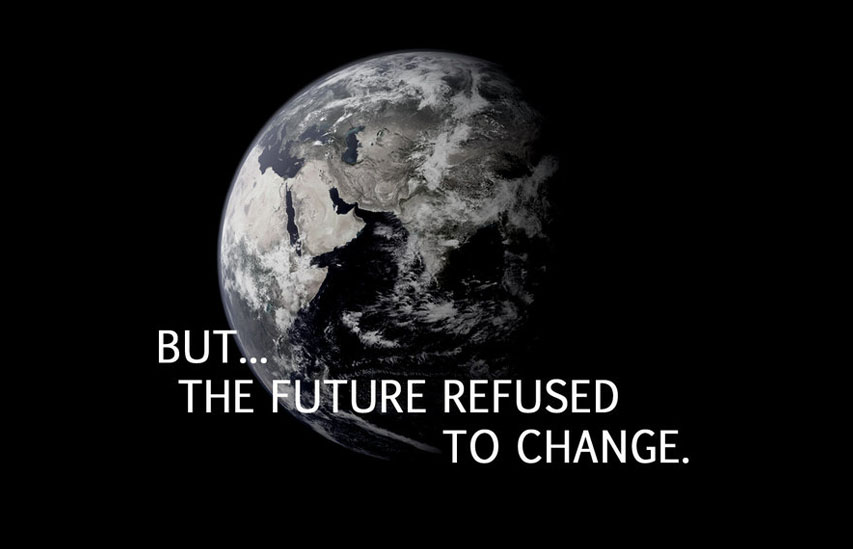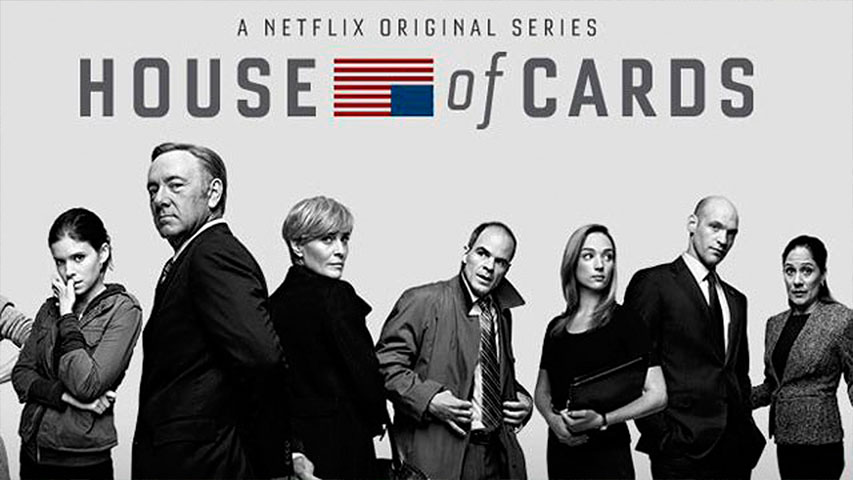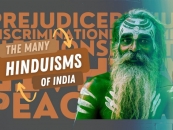
TRADITION - BOON OR BANE
by Hans Kapadia April 8 2015, 1:25 pm Estimated Reading Time: 7 mins, 14 secsTradition is a word that almost all Indians have grown up hearing. "India is a land of tradition", "our traditions date back to the earliest forms of civilisation", are just a few of the lines that I have heard while growing up. So as a result of this reinforced messaging, I have come to know that tradition in this country is sacred. They should never be adapted, tampered with or ignored. But as I grew up, what I considered to be traditional in nature was no longer given as much importance and the DON'T DO things that were associated with it started flying out of the window. If this was the case with the highly revered cultural and religious traditions of our country, then what was to stop other age old practices from changing?

Cut to 2015
India is striving to be a highly successful nation. We have a new government that has galvanised the nation into believing that the time of the Indian has come. With the youngest median population in the world, India is poised to grow at rates never seen before by most Indians. India has a development agenda, inclusive in nature, trying to accommodate the large number of fringe societies into cohesive productive elements of a system that is preparing to be cleansed from within. But the India that we all want is going to require Indians to be highly dynamic in nature. It needs to change in so many ways. It is understood that change is important, but the effect that it will play on tradition is going to be very interesting to watch.
One sector that I am deeply connected with and have been following for the past few years is the media and television industry. India is a country that has tremendous output in this sector. Bollywood in most aspects is considered the largest film industry in the world and is also the fastest growing industry. Throughout the world and also largely in India, traditional media platforms are slowly losing steam with the advent of new technologies and new distribution platforms. Digital Media seems to be a new content delivery platform that will change the way in which media is generated, consumed, measured, monitored and analysed. In the US and Europe, the adoption of services such as Netflix, Hulu and Amazon Prime have allowed consumers to start cutting down on their standard pay-tv packages. These consumers, now being given the moniker of ??ord cutters?? have revolutionized the way in which people consume content that was primarily meant for TV and cinema platforms. At present, streaming services, airing content meant for TV and cinema, have realised that such content is creatively boxed in many ways. One of the reasons might be due to the TV and film ratings systems which most people feel does not accurately assess feedback and viewing numbers and thus leads to content that has to be adapted to fit misrepresented sentiments. Another reason might be that due to the nature of TV and Film being public platforms, there would be a censorship requirement that would not allow certain things to be aired, either from a regulatory standpoint or from the perspective of the big studios that would not want to antagonize the audiences that watch their shows. But now, streaming services, that analyse sentiments and tastes using their own in-built monitoring systems have metrics that are tuned to only their consumers and thus have a much better understanding of the markets to which their shows cater to, have created their own in-house shows such as Netflix?? House of Cards or Hulu?? Resident Advisor. Producers that are working on shows exclusively for these streaming services have greatly appreciated the creative liberty that they are allowed and the ways in which they can let their creativity flourish and come alive without having to worry much about regulatory censorship. In India, Yupp TV, Hotstar and LIV are some of the streaming services available to consumers but while hotstar and LIV only cater to programming that is syndicated to the networks to which they belong, consumer choice is not available through these platforms. Yupp TV is a streaming service which allows consumers to view multiple channels from different networks live as if they would be watching it on their television. The traditional linear programming model on which channels function seems to be a model that most audiences do not want to conform to anymore. While Hot star and LIV allow users to watch any show of their choice at any time and upto any number of episodes, Yupp TV?? catch up TV model only allows a user to view the last week of programming.

Moving beyond streaming services, traditional media is trying a lot of tricks to still stay relevant. Secret cinema (http://www.secretcinema.org/) is a novel way of enjoying the moviegoing experience. While most movies do not make a 3D version or promise IMAX quality, there is very little incentive for viewers to actually buy a movie ticket and go watch a film when they know that a pay-per viewing is around the corner and they can watch the movie at their time and their space. Secret cinema brings back the moviegoing experience and takes it one step further. Like buying a traditional movie ticket, one can register on the website for a screening. The element of surprise is the awe factor in this experience. The way in which this works is that the people that sign up are called to a secret location. Once they reach they are taken into a strange setting, like a prison or even a nightclub. The interiors of this location have been designed and modified in a way in which the person that has signed up feels as though they are entering into the world of the film. One experience that I read about was so fascinating that it would really drive me to go and watch a movie in such a way. Ticket holders met up a disco somewhere in London. Once they were inside they figured that the club had been turned into a spacecraft. There were sounds of ion cannons and proton phases that filled the air, the lights seemed as though there was an inter-galactic war going on and there were performers that looked as though they were ready to go out for a spacewalk. Audience members were given costumes and paraphernalia that made them see like they fit the bill. Finally the time came when the movie was about to start. People were still unaware of what they were in store for. And then it came up on the big screen, 2001: A Space Odyssey.
Traditional methods of communication are also slowly dying and are being replace by new cheaper and efficient methods. From the fax to the telephone, we have moved into the realm of instant messaging and Skype and Viber offering Voice over IP. While consumers are enjoying these new cost effective methods, the service providers of the traditional technologies are finding ways of trying to intervene in this new media ecosystem and remain profitable. Over the last 6 months, the USA?? Federal Communications Commission have entertained arguments from service providers and the consumers of the internet and reached a landmark verdict that classified the internet as a utility. Before the bill was passed, service providers such as Comcast and Time Warner Cable were planning on introducing a premium that they would charge to companies like Google?? YouTube, for example, because of the high volume of traffic that those sites receive. The new bill has announced that every bit of information (data) is to be treated the same way and the service providers are unlawful in charging these premiums. While all pro internet freedom and net neutrality advocates rejoiced after this, what is interesting is to look at is the argument used by these proponents. They claim that the Internet has traditionally been open and the ??atekeeper??attitude that the service providers were gunning for would go against the basic tenets of the internet. It would stifle creativity and would box innovation to only companies that could afford such high costs. Therefore the traditional model of the internet has thus led to the advances in networks and communications and killed off older more traditional methods of networking and communications.
While traditions do play a large role in keeping things as they are, we are also seeing that traditions lead to new models of functioning, innovation and creativity. India is on the brink of cracking a new model and propelling innovation to the heights of creativity. It is now time to see to what extent tradition will hamper or accelerate this




-173X130.jpg)
-173X130.jpg)
-173X130.jpg)

-173X130.jpg)
-173X130.jpg)
-173X130.jpg)
-173X130.jpg)